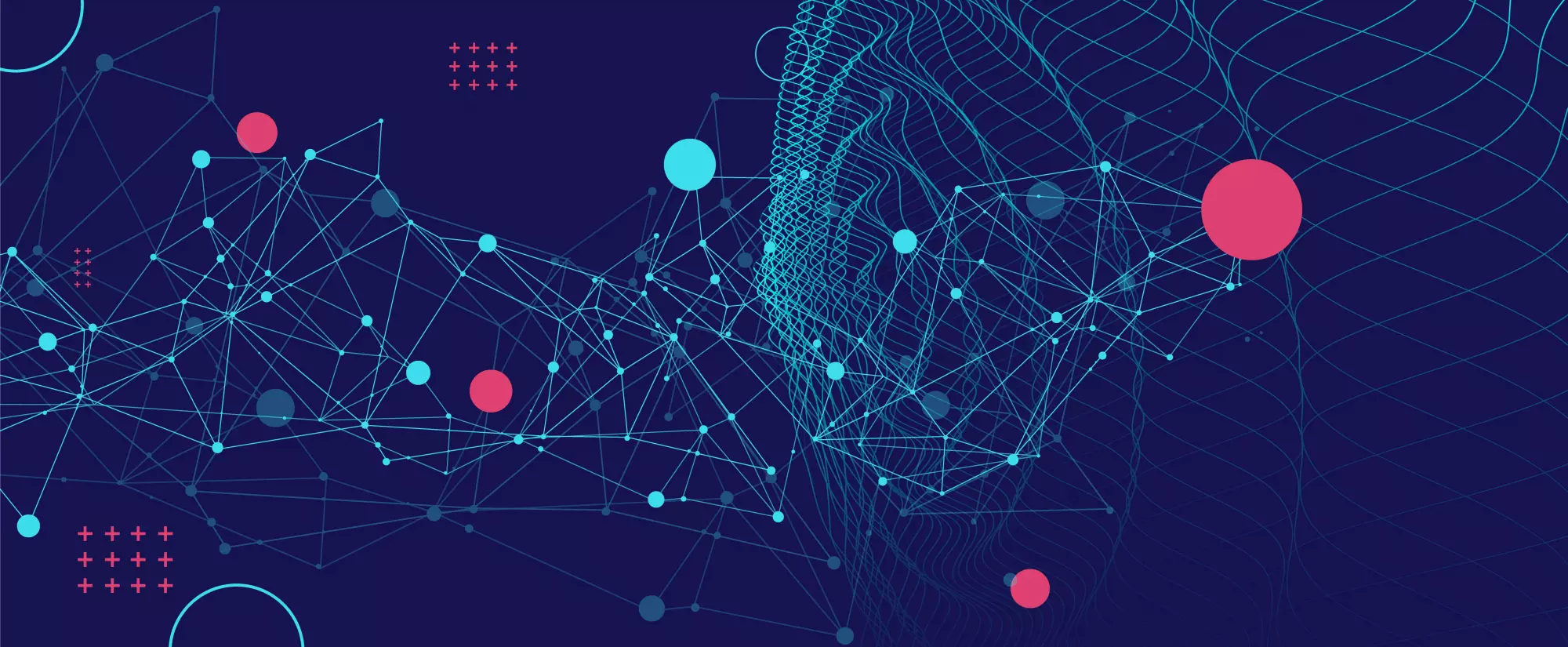
Statamic as a modern, scalable CMS
Useful scalability based on Laravel as a monolith or headless with flat files or databases
Monolith
As a full stack monolith with Laravel Blade and Livewire for small websites and projects where it is not yet clear where the journey is going
Headless
Grow with Statamic, scale up sensibly with API interface and decoupled frontend as Jamstack with Vue.js or other technologies
Flat files or database
Stay portable with flat files or large database? Statamic CMS remains flexible and adapts to your future, dynamic requirements
When it comes to web development, think ahead and start small
Scalable despite a small budget
In contrast to other CMS systems, Statamic offers the advantage of being based on Laravel, an independent PHP framework. In the context of long-term sustainability, this gives the advantage of maximum freedom in terms of future development and design for data-driven websites.
Companies that recognise the benefits of maximum flexibility are able to respond much more quickly to dynamic requirements and trends than with traditional CMS systems without web application frameworks.
Thanks to Laravel, our customers remain maximally scalable, from classic HTML pages with Laravel Blade to dynamic and schematic content with Statamic CMS, such as publications, blog articles or employee profiles. Dynamic visitor interactions can be implemented efficiently with Laravel Livewire, e.g. for form validation.
Our promise: Maximum freedom for future developments
Remain scalable in a dynamic environment
Sustainable and flexible when requirements grow
If the number of pages and the content elements they contain grows, it is possible to elements as so-called content blocks and to separate the content from the design. design. The advantage of this is that when the website is redesigned, the design of the blocks is customised once and globally.
This leaves more budget for meaningful development and does not go up in smoke when existing content is reformatted - usually using so-called page builders, which combine content and design. Content builders may be cheaper for initial content creation, but they are not sustainable when it comes to redesign or data validation.
In case of further development towards a single page application (SPA), Statamic CMS offers the possibility to run completely headless via GraphQL API. In this case, Laravel Blade can be replaced by Nuxt (Vue.js), Next (React) or other JavaScript frameworks.
SQL or NoSQL
Database, flat file or hybrid
Statamic can also adapt to existing databases, from relational databases such as MySQL or Postgres to NoSQL solutions such as MongoDB and Redis. By default, Statamic uses flat files, which reduces complexity compared to other architectures and offers similar capabilities.
Another option is a hybrid mode that combines the best of both worlds: users, content and revisions in the database and revisions in the database, content models (blueprints) and metadata of the assets as flat files that are synchronised classically with other Statamic websites.
With Laravel Eloquent it is possible to migrate existing data into the Statamic structure or to develop database models with which the Statamic CMS can access existing data. This has the advantage that there is a seamless transition between new and old CMS.